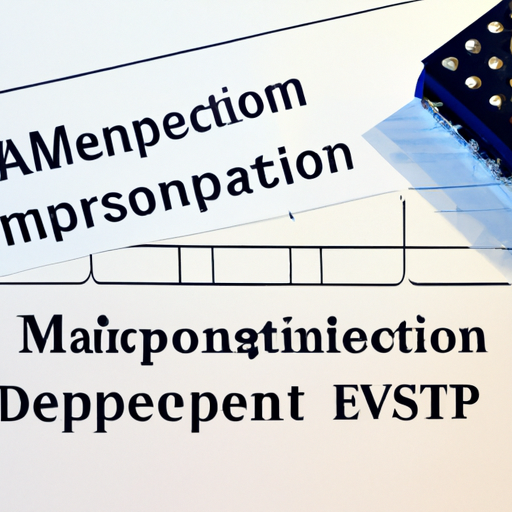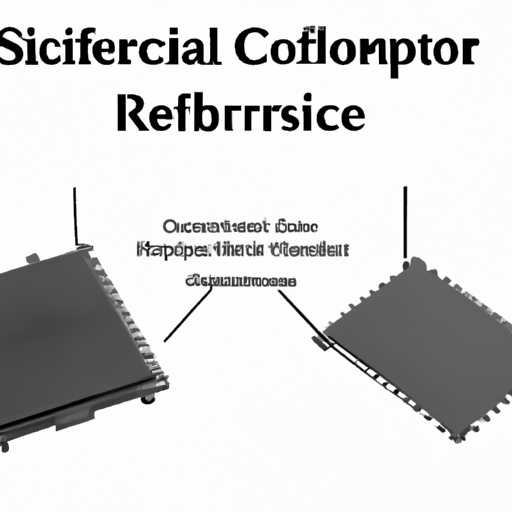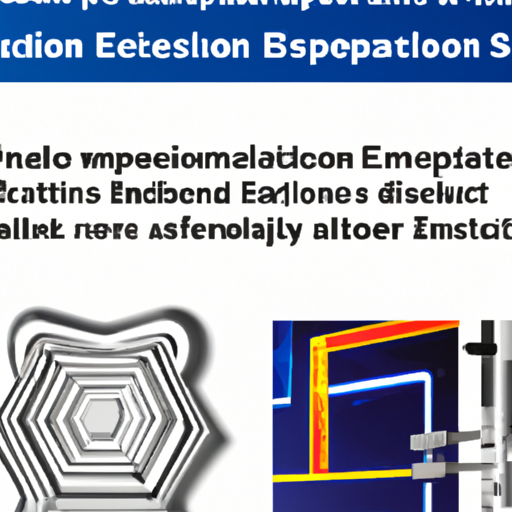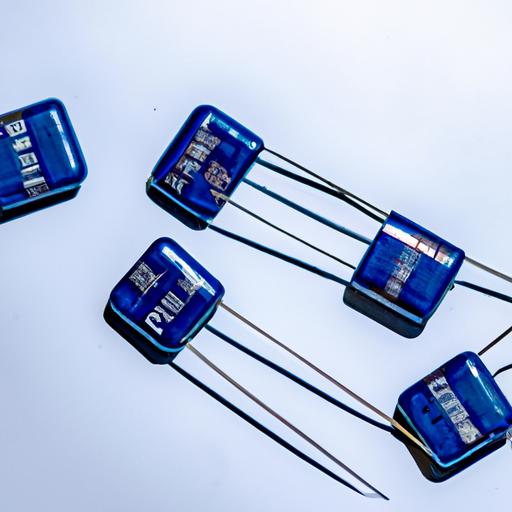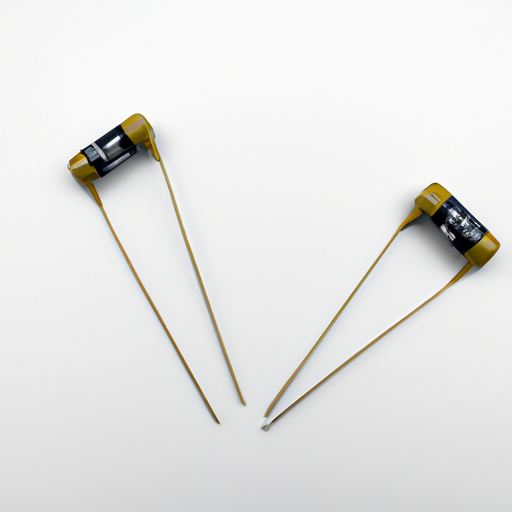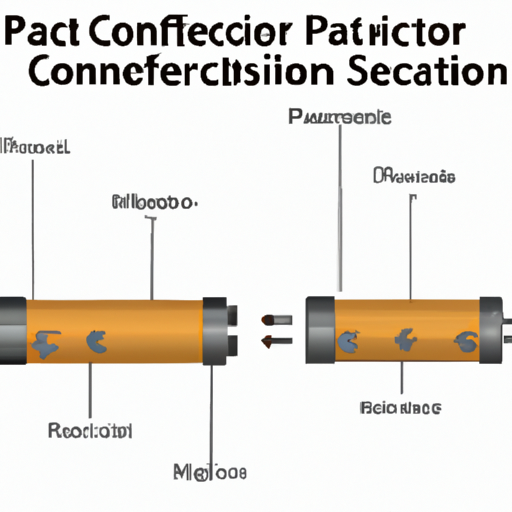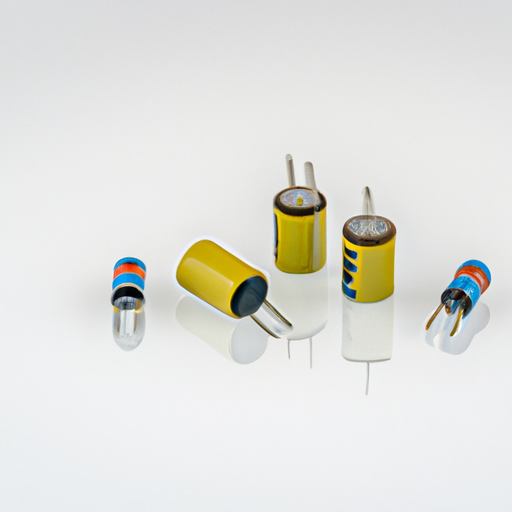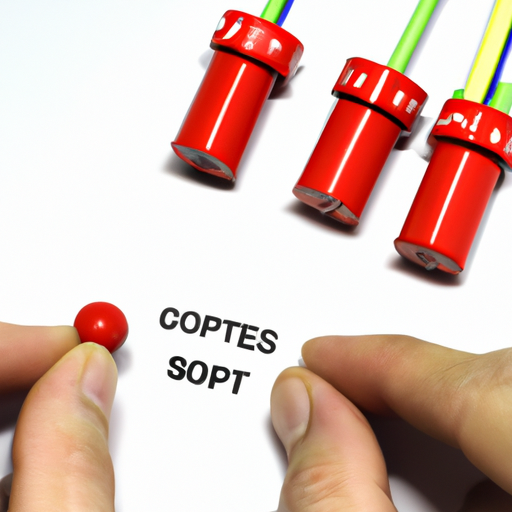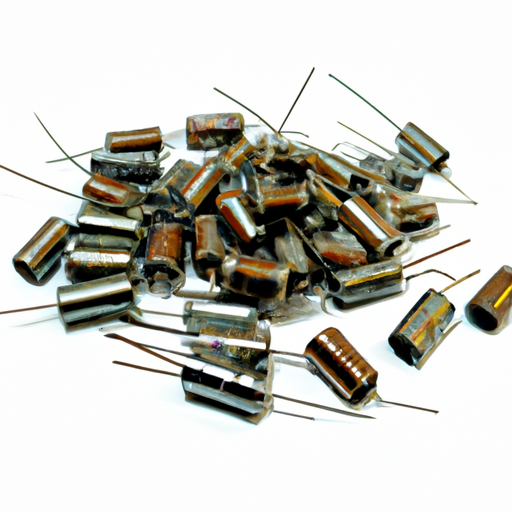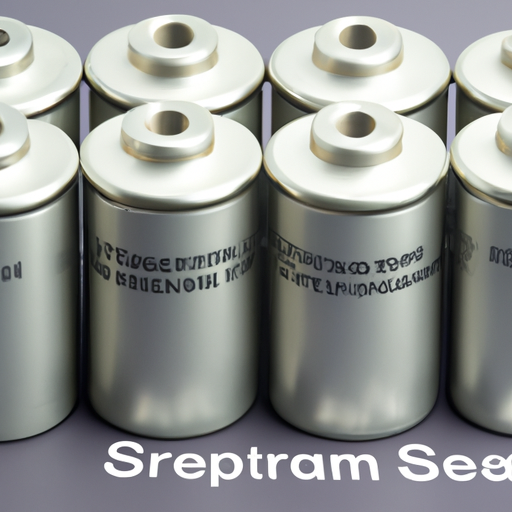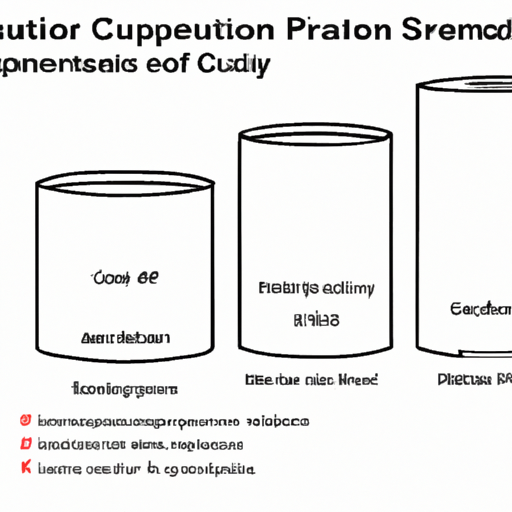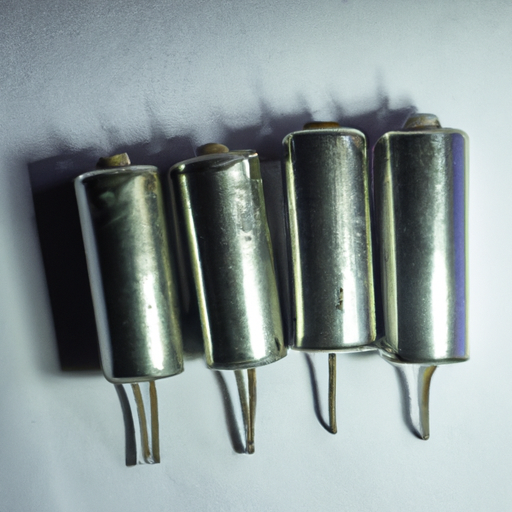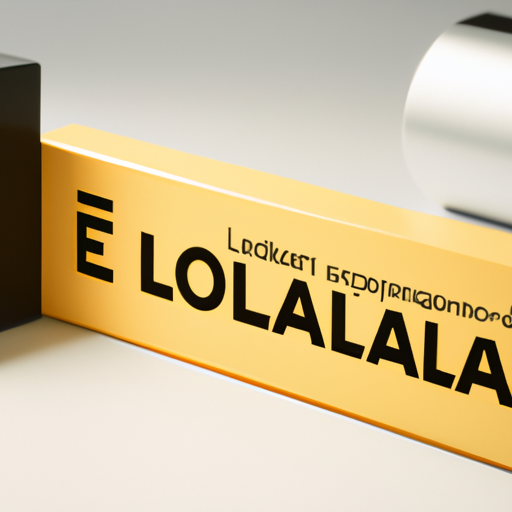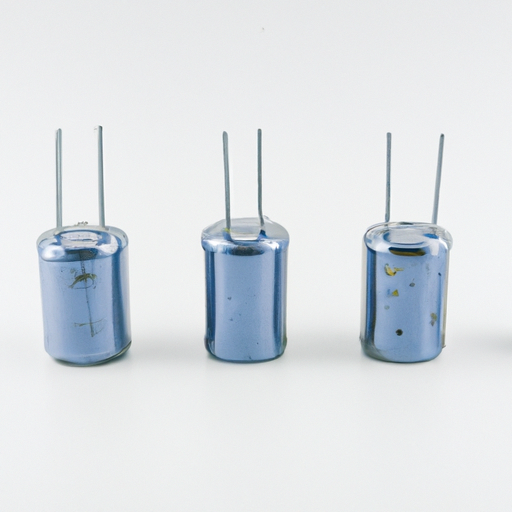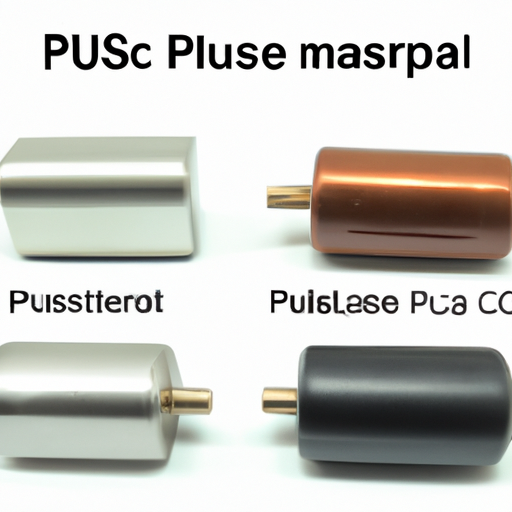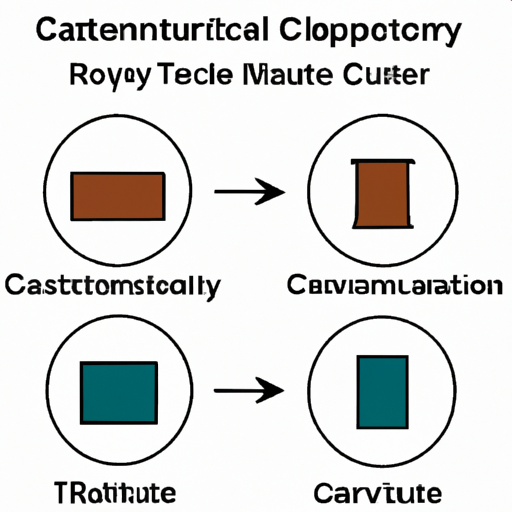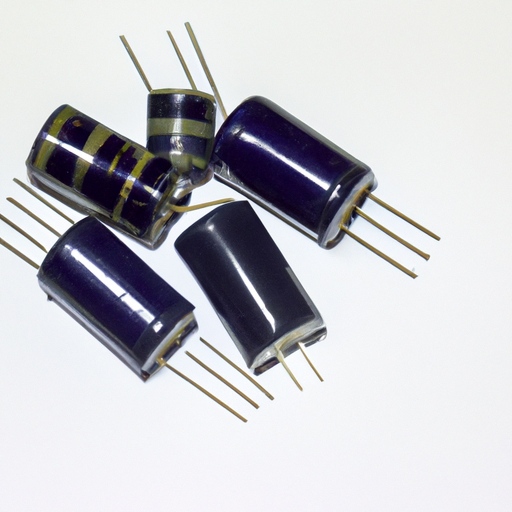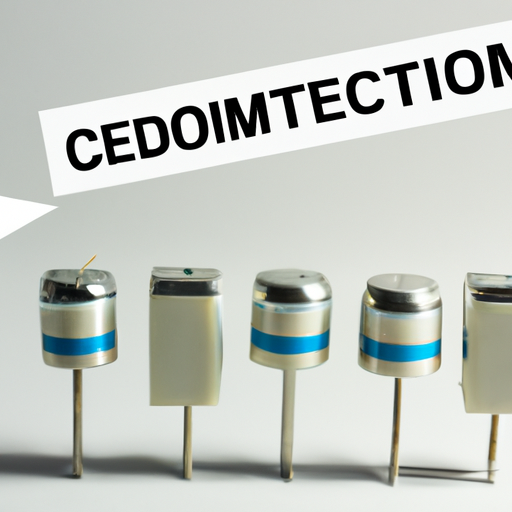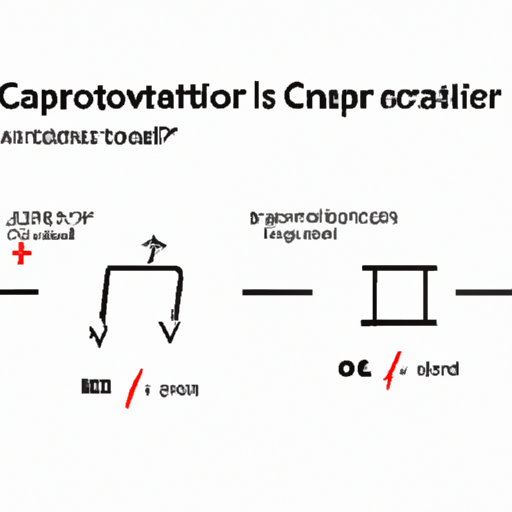Common high-voltage parallel capacitors popular models
Common High-Voltage Parallel Capacitors: Popular Models
I. Introduction
High-voltage parallel capacitors are essential components in various electrical systems, playing a crucial role in energy storage, power factor correction, and voltage stabilization. These capacitors are designed to operate at high voltage levels, making them indispensable in industries such as power generation, telecommunications, and renewable energy. This article aims to provide an in-depth understanding of high-voltage parallel capacitors, their configurations, popular models, and factors to consider when selecting the right capacitor for specific applications.
II. Understanding High-Voltage Capacitors
A. What are Capacitors?
Capacitors are passive electronic components that store electrical energy in an electric field. They consist of two conductive plates separated by an insulating material, known as a dielectric. The basic principle of capacitance is the ability of a capacitor to store charge, which is measured in farads (F). Capacitors can be classified into various types, including ceramic, electrolytic, film, and tantalum capacitors, each with unique characteristics and applications.
B. High-Voltage Capacitors
High-voltage capacitors are specifically designed to handle voltages significantly higher than standard capacitors, typically exceeding 1 kV. These capacitors are characterized by their robust construction, which allows them to withstand high electrical stress and environmental conditions. They find applications in power electronics, energy storage systems, and industrial machinery, where reliable performance under high voltage is critical.
III. The Role of Parallel Capacitors
A. Explanation of Parallel Capacitor Configuration
In a parallel capacitor configuration, multiple capacitors are connected across the same voltage source. This arrangement allows the total capacitance to increase while maintaining the same voltage rating. The total capacitance (C_total) in a parallel configuration is the sum of the individual capacitances (C1, C2, C3, ...):
\[ C_{total} = C_1 + C_2 + C_3 + ... \]
B. Benefits of Using Parallel Capacitors
1. **Increased Capacitance**: By connecting capacitors in parallel, the overall capacitance increases, allowing for greater energy storage and improved performance in applications requiring high capacitance.
2. **Improved Voltage Handling**: Parallel configurations can enhance the voltage handling capability of the system, as each capacitor shares the voltage load, reducing the risk of failure.
3. **Enhanced Reliability and Performance**: Using multiple capacitors in parallel can improve the reliability of the system. If one capacitor fails, the others can continue to operate, ensuring uninterrupted performance.
IV. Popular Models of High-Voltage Parallel Capacitors
A. Overview of Key Manufacturers
Several manufacturers are renowned for producing high-voltage parallel capacitors. These companies have established a strong market presence and reputation for quality and reliability. Some of the key players include:
1. **Vishay Intertechnology**: Known for a wide range of capacitors, including high-voltage options suitable for various applications.
2. **KEMET Corporation**: Offers a diverse selection of capacitors, including high-voltage film capacitors.
3. **Cornell Dubilier Electronics**: Specializes in high-voltage capacitors for industrial and power electronics applications.
B. Detailed Examination of Popular Models
1. Model A: Vishay 940C Series
Specifications: Voltage rating up to 3 kV, capacitance range from 0.1 µF to 10 µF.
Applications: Power supplies, energy storage systems, and power factor correction.
Advantages: High reliability, low ESR (Equivalent Series Resistance), and excellent thermal stability.
Disadvantages: Higher cost compared to standard capacitors.
2. Model B: KEMET KPS Series
Specifications: Voltage rating up to 2.5 kV, capacitance range from 0.1 µF to 22 µF.
Applications: Industrial machinery, renewable energy systems, and power electronics.
Advantages: Compact design, high ripple current capability, and robust construction.
Disadvantages: Limited availability in certain regions.
3. Model C: Cornell Dubilier 940 Series
Specifications: Voltage rating up to 4 kV, capacitance range from 0.1 µF to 15 µF.
Applications: High-voltage power supplies, motor drives, and inverters.
Advantages: Excellent voltage handling, low self-inductance, and high reliability.
Disadvantages: Bulkier size compared to other models.
4. Model D: EPCOS B25671 Series
Specifications: Voltage rating up to 1.5 kV, capacitance range from 0.1 µF to 10 µF.
Applications: Telecommunications, power factor correction, and energy storage.
Advantages: Cost-effective, good performance in high-frequency applications.
Disadvantages: Limited temperature range.
5. Model E: Panasonic ECW Series
Specifications: Voltage rating up to 2.5 kV, capacitance range from 0.1 µF to 4.7 µF.
Applications: Audio equipment, power supplies, and industrial applications.
Advantages: High-quality dielectric material, low leakage current.
Disadvantages: Slightly higher price point.
V. Factors to Consider When Choosing High-Voltage Parallel Capacitors
When selecting high-voltage parallel capacitors, several factors should be considered to ensure optimal performance:
A. Voltage Rating
The voltage rating of the capacitor must exceed the maximum voltage it will encounter in the application. This ensures safety and reliability.
B. Capacitance Value
The required capacitance value depends on the specific application. Higher capacitance values are needed for energy storage, while lower values may suffice for filtering applications.
C. Temperature and Environmental Considerations
Capacitors must be rated for the operating temperature and environmental conditions they will face. Factors such as humidity, vibration, and exposure to chemicals can affect performance.
D. Size and Form Factor
The physical size and form factor of the capacitor should fit within the design constraints of the application. Compact designs may be necessary for space-constrained environments.
E. Cost and Availability
Budget constraints and availability of specific models can influence the selection process. It's essential to balance performance with cost-effectiveness.
VI. Applications of High-Voltage Parallel Capacitors
High-voltage parallel capacitors are utilized in various applications across multiple industries:
A. Power Electronics
In power electronics, high-voltage capacitors are used for energy storage, filtering, and voltage regulation in converters and inverters.
B. Renewable Energy Systems
These capacitors play a vital role in renewable energy systems, such as solar inverters and wind turbines, where they help manage power fluctuations and improve efficiency.
C. Industrial Machinery
High-voltage capacitors are essential in industrial machinery for motor starting, power factor correction, and energy storage.
D. Telecommunications
In telecommunications, capacitors are used for signal coupling, decoupling, and filtering to ensure reliable communication.
E. Medical Equipment
High-voltage capacitors are critical in medical equipment, such as MRI machines and defibrillators, where precise energy delivery is essential.
VII. Maintenance and Safety Considerations
A. Importance of Regular Maintenance
Regular maintenance of high-voltage capacitors is crucial to ensure their longevity and performance. This includes checking for signs of wear, leakage, and ensuring proper connections.
B. Safety Precautions When Handling High-Voltage Capacitors
Handling high-voltage capacitors requires strict safety precautions. Always discharge capacitors before working on them, use insulated tools, and wear appropriate personal protective equipment (PPE).
C. Common Issues and Troubleshooting Tips
Common issues with high-voltage capacitors include dielectric breakdown, leakage, and capacitance drift. Troubleshooting may involve checking connections, measuring capacitance, and inspecting for physical damage.
VIII. Future Trends in High-Voltage Capacitor Technology
A. Innovations in Materials and Design
Advancements in materials, such as the development of new dielectrics and improved manufacturing techniques, are leading to more efficient and reliable high-voltage capacitors.
B. Impact of Emerging Technologies
Emerging technologies, such as electric vehicles and smart grids, are driving demand for high-voltage capacitors, leading to innovations in design and performance.
C. Predictions for Market Growth and Development
The market for high-voltage capacitors is expected to grow significantly, driven by increasing demand in renewable energy, power electronics, and industrial applications.
IX. Conclusion
High-voltage parallel capacitors are vital components in modern electrical systems, providing essential functions in energy storage, voltage regulation, and power factor correction. Understanding the various models available, their specifications, and applications can help engineers and technicians select the right capacitor for their needs. As technology continues to evolve, the importance of high-voltage capacitors will only increase, making it essential to stay informed about the latest developments in this field.
X. References
1. Vishay Intertechnology. (2023). High-Voltage Capacitors. Retrieved from [Vishay website]
2. KEMET Corporation. (2023). KPS Series Capacitors. Retrieved from [KEMET website]
3. Cornell Dubilier Electronics. (2023). 940 Series Capacitors. Retrieved from [Cornell Dubilier website]
4. EPCOS. (2023). B25671 Series Capacitors. Retrieved from [EPCOS website]
5. Panasonic. (2023). ECW Series Capacitors. Retrieved from [Panasonic website]
This blog post provides a comprehensive overview of high-voltage parallel capacitors, their configurations, popular models, and considerations for selection, making it a valuable resource for professionals in the field.
2025-03-07


